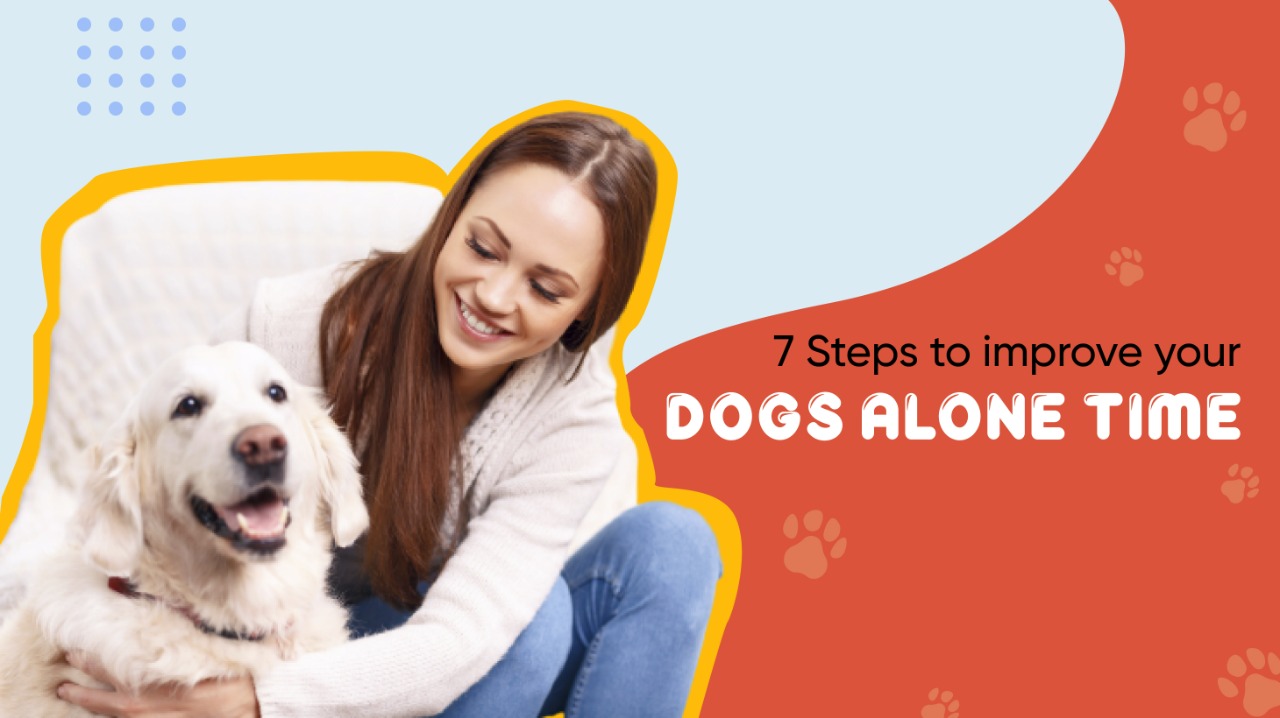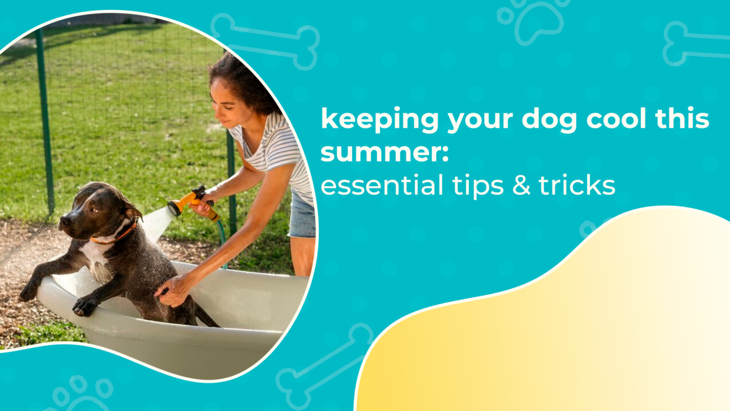You love your dog, but you can't be there for her 24/7. Having a dog that barks and howls when you're gone is also a challenge when you live in a condo or apartment. Neighbours don't always care that your dog is stressed, only that your dog is noisy
Puppy training may take a while, especially when you plan to train it so it can be alone. They will need you more and be less used to being left alone. You may need several weeks. Likewise, if they are older and always have you around, they may require up to six weeks to adjust. Pet parents must prepare their paw babies gradually.
First, teach your dog that being home alone is okay. Every dog should be able to stay on its own all day without falling apart emotionally or becoming destructive. Practice leaving him alone when you first get him, whether a puppy or an adult. Start with just a minute or two and gradually extend the length of time as you become comfortable with his behaviour while you're out of sight.
Petscap provides pet care services to cats, dogs, fish, rabbits, and tortoises. Their top pet accommodations are Pets and Paws, Dogs and Cats, and Pet houses. They can be in his crate, in a particular dog room or dog run or, once you're sure they are trustworthy, on their own in the house. Watch for potty accidents, too, as these will tell you how long your dog can be left without needing to go outside.
Don't re-enter the room if they are crying, whining, howling or barking. Wait until they are quiet, then go in and praise him in a brief, matter-of-fact tone. You want him to think that being himself is normal and safe. Give him a treat when you leave but not when you return.
Make sure he has constructive ways to occupy his time when you're not around.
Here Are The 7 Steps To Improve Your Dog's Alone Time
1. Make arrivals casual
When you do come home, don't have a welcome parade. Be calm. Casually greet your dog. Please wait until your dog is less frantic before you pay attention to them. Although it is tempting to make a big deal about leaving, especially returning, this can cause your dog to think it is a big deal if you go. Remaining calm helps them understand that your leaving or arriving isn't a monumental moment. Once your dog has calmed down when you arrive, you can undoubtedly shower them with kisses.
In addition to this program, there are other things you can do to build your dog's confidence. An introductory obedience class can be beneficial even if your dog is already trained, because they can learn how to handle new situations and gain confidence in you as the pack leader.
2. Prepare a safe and comfortable area for your dog to relax
If your dog is very attached to you, you can leave a shirt (or something like that) that has your scent in their "safe area".
Also, spending quality time with your dog during a day is essential. Quality time consists of babying or cuddling and activities that build a solid interdependent relationship, such as agility, playing fetch, and hide and seek. These activities can all be beneficial for the psychological well-being of your dog.
It's important to gradually build up time and associate it with something positive, like a long-lasting treat. Monitor how your pup responds, and shorten the time left if they show any signs of anxiety.
3. Practice your departure cues
Pick up your keys, put on your shoes, grab your purse, and walk around the house for a minute. Then, put down your keys, take your shoes off, and put your wallet down. These are triggers for your dog. By randomly practising these cues throughout the day without departing, your dog will get more comfortable with them since they don't always mean you are going to leave.
4. Teach your dog an out-of-sight stay
Cue your dog to Sit or Down. Take one step back, then return to your dog and give her a treat. Take two steps back, then return to your dog and give her a pleasure. Keep building up your efforts until you can turn a corner and go out of sight.
Always return to your dog and release her from her Stay. Could you not call her to come to you? You want her to learn that you return, and she gets rewarded for staying in place.
5. Implement an exercise plan
Ensure your dog gets enough exercise for her breed (or breed combination) and age. If you have a teenage terrier that never gets cardio exercise, she has plenty of energy to pace, worry, and get anxious.
6. Leave your dog with distractions
It could be their favourite toy, a bone, a puzzle feeder, etc. Anything that can help to distract them from missing you! If your dog is worn out when you leave, they are more likely to be tired and just sleep once you are gone!
If you will have to feed and walk your dog earlier or later once you go back to a more regular schedule, begin to gradually work towards those times so that won't be as much of an adjustment when the time comes. Make sure to do this gradually, and not change everything at once, because that can cause your dog stress.
Start when you are home. Serve every meal out of a puzzle toy, not a food bowl, so your dog learns to love them. When your dog is readily eating all meals out of toys, then start using them when you leave.
7. Try leaving the radio on - some dogs like the background noise!
Introduce this while you are still home. That way they are used to it (and you can see if they enjoy it), and it can be something that remains consistent after you are back out of the house more.
Safety While Leaving The Dog Alone
Stuff a soft toy and some goodies to keep him busy for hours. Fill a puzzle toy with his daily ration of kibble, so he has to work for his meals. Hide treats or favourite toys around the house for him to find while out. But a word of caution: Never leave your dog unsupervised with a toy that could be chewed apart and swallowed. Before leaving your dog alone, ensure any toys in the environment are indestructible.
A good place to start is with your veterinarian. Your dog needs a medical check-up to ensure there isn't something physically wrong with him that could be causing him stress. You can't treat this problem behaviourally if it has a physical cause, and your veterinarian will be able to help you rule out illness or injury.
It is excellent practice to take care of our pets as this helps provide them with some warmth and attention. Certain pet care services support the little paw to cope well and take care of them also. Every pet in the world needs to be taken care of by providing them food, shelter and veterinary care. Most pet animals' behaviour is mainly observed by how we treat them.
Your dog is worried and anxious, so using old-fashioned intimidation techniques will not solve the problem. They could make them worse. For severe cases, it's best to work with a professional trainer who uses modern, science-based behaviour modification methods.
It's normal for dogs to want to be with us, but ultimately you want them to learn to enjoy being by themselves and not to follow you around and rely on your attention. That way, they will be able to cope better when you do leave the house and they are alone.







Post Comments